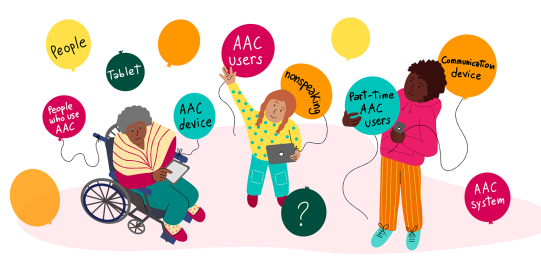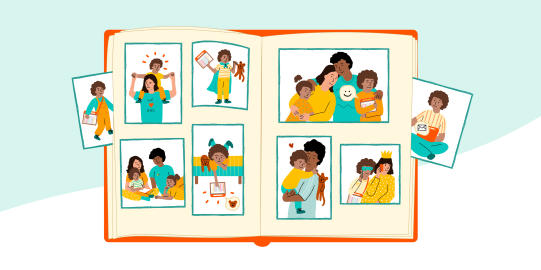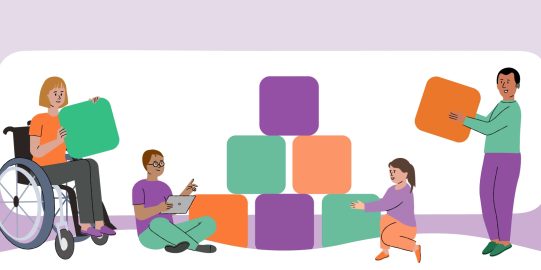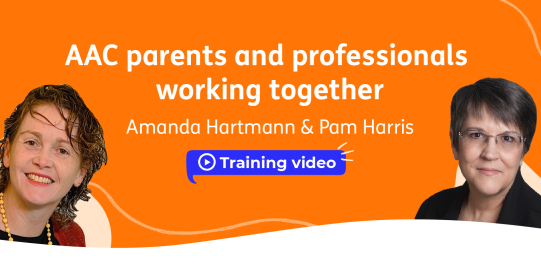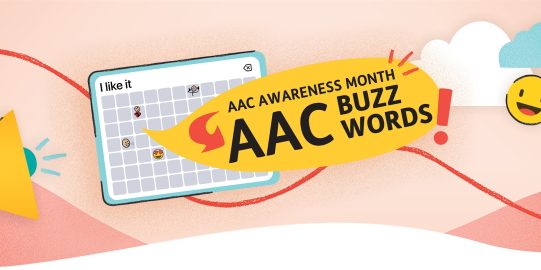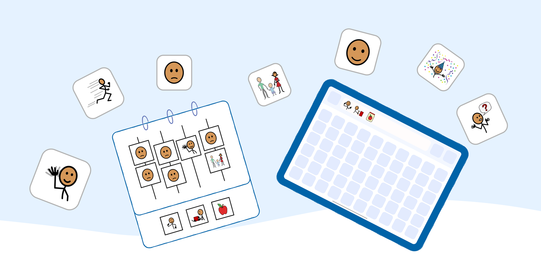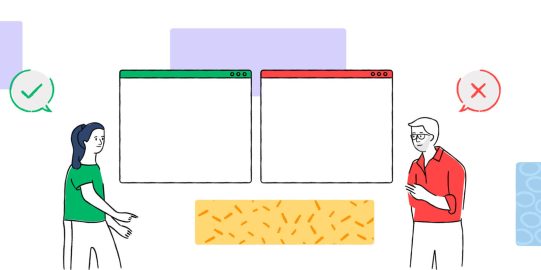How to talk about AAC and AAC users (according to them)
Words are the building blocks of language, and language is how we tell stories. It’s how we tell each other who we are. Words can shape perceptions—calling AAC a “clinical practice” paints a very different picture from saying AAC is “all the ways we communicate.”
17 minute read
Read more

